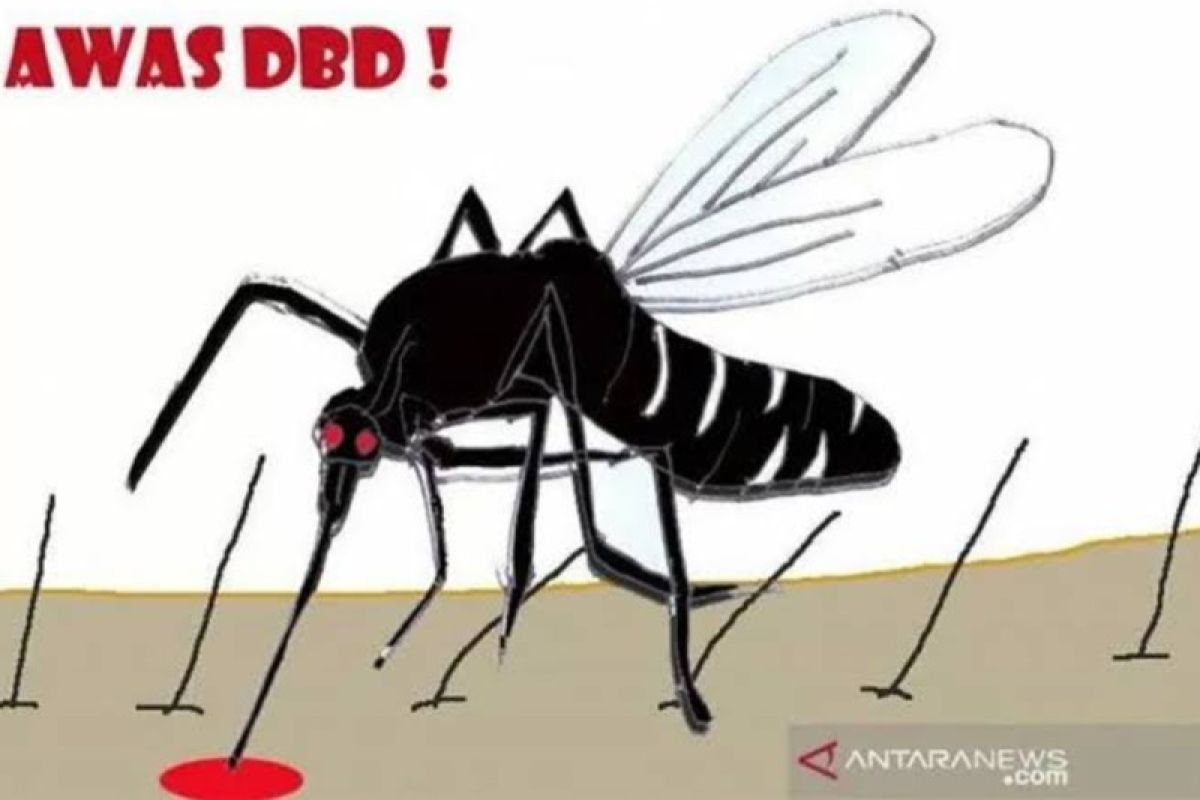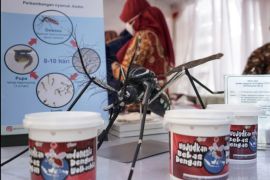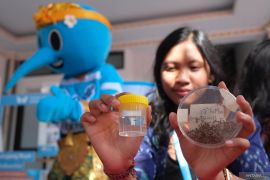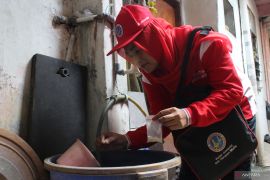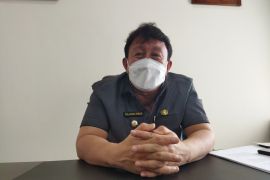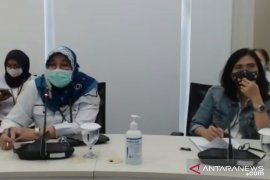"We hope early efforts to introduce risks and control (of dengue cases) can be conducted in an integrated, massive, total, sustainable, and on-target manner, so that we can suppress dengue cases," Health Ministry's Director General of Disease Control and Prevention Maxi Rein Rondonuwu explained here on Monday.
He said the horse saddle cycle is a graphic that illustrates the three phases of dengue fever that fluctuate among dengue patients.
The first phase is characterized by high fever, with temperature of around 40 degrees Celsius on the first and third days after the incubation period of the virus carried by a female Aedes Aegypti, or the yellow fever mosquito.
The second phase is known as the critical phase that is characterized by fever decreasing to 30 degrees Celsius on the fourth to fifth day.
In that phase, the patient's fever drops drastically as though he or she had healed.
"In this phase, they need special care in the hospital. It is possible that Dengue Shock Syndrome can occur," he remarked.
The last phase is the healing period on the sixth to seventh day that is characterized by a return of high fever.
Rondonuwu also advised the public to watch out for red spots that emerge if fever did not subside in two to three days, which is a dengue symptom.
Based on the ministry's data, the confirmed cases of dengue recorded since January 2022 had reached 87,501, with a ratio of 31.38 per 100 thousand residents and 816 deaths, and the case fatality rate (CFR) at 0.93 percent.
An increase in the number of cases was reported from 64 districts and cities in West Java, East Java, Central Java, and East Kalimantan.
Rondonuwu also noted that mosquito breeding places in homes can be eradicated to prevent dengue.
Related news: Prevention and control efforts in fight against dengue intensified
Related news: Gov't should optimize health services to overcome dengue fever: DPR
Translator: Andi F, Kenzu T
Editor: Suharto
Copyright © ANTARA 2022
